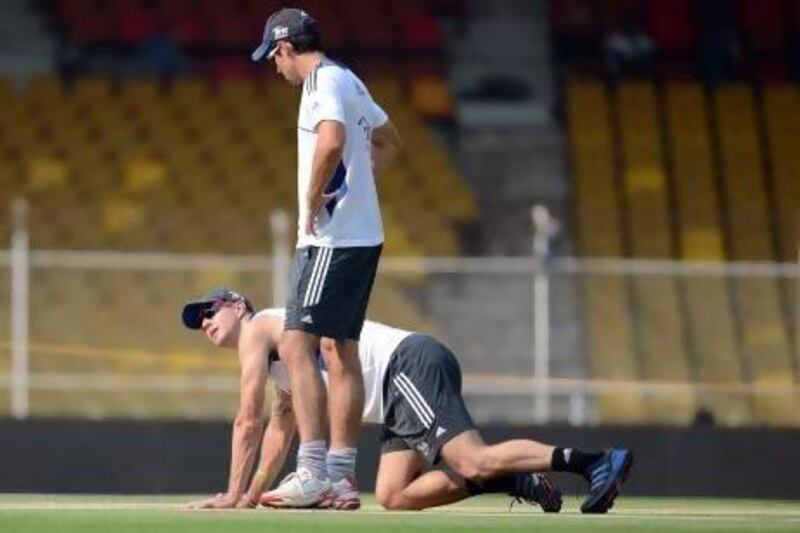Back in April the International Cricket Council (ICC) did something they should have done years ago: they organised a two-day conference for all the world's pitch curators. On the agenda was nothing specific.
Instead, spurred on by the direction of Andy Atkinson, the ICC's pitch consultant, the men were getting together under one roof for the first time to bond, to share ideas and experiences, a workshop of sorts.
Mostly, though, it felt like they were there to unburden, to release the frustrations of cricket's underclass.
That was important because curators are not naturally life's winners.
What they hope to create every day, every game, does not only not have any specific definition, it is most likely unattainable by design; of the ideal surface one head groundsman at the conference said, a little resigned, "if it does happen, it happens by accident because so many things aren't in your control".
And yet their work and their persons too are judged perennially by people monumentally unqualified to do so. Only recently have good pitches, and their creators, begun to be acknowledged and recognised but ask yourself how many curators from around the world you could name? We have been bad-mouthing the faceless creators of bad pitches for years and years.
In some countries they are acknowledged as scientists, or professionals at least; in others they are derided as mere "maalis" (gardeners, but more derogatorily).
So, if Prabir Mukherjee, the curator at Eden Gardens in Kolkata, scene of today's third Test between India and England, sounded a little peeved last week, well, then allow him his little vent.
MS Dhoni has been a constant, hectoring voice for Indian curators and, after winning the first Test against England in Ahmedabad, he was at it again, but reasonably so, asking for more life in surfaces.
Mukherjee was disproportionally outraged by this, accusing Dhoni of immorality, but stripped down, it is the same kind of resigned fury of the curators at the ICC conference. Mukherjee has been curating for a long time, and on the subcontinent it must feel even longer.
There, curators dangle uncomfortably between what a home captain wants from a surface and what the ICC deems fit and proper, knowing that neither border is well-defined (define, in detail, a sporting wicket for example) or even reasonable to expect.
It is not a bad thing for surfaces and their creators to get such attention. It is only natural given the quite central role they have.
But, importantly in this series at least, the surfaces have not muddled up discussions about the skills of the players involved.
This week, for instance, attention has finally fallen upon India's bowling, the relatively poor performances of which have escaped attention underneath the headline glare of their batting failures abroad. Expectation has much to do with this, as in, when they are traditionally low, as they have been for India, under-performance can slip by unnoticed.
They were good in Ahmedabad, but very poor in Mumbai. There, the point made by Sidharth Monga on ESPNcricinfo this week that, by most statistics, India has been the worst bowling side in the world (other than Bangladesh) since July last year, hit home harder, in non-statistical senses, as well.
And some of the Tests in that time would have been played on handy bowling surfaces.
England's win, meanwhile, is already being considered one of their best away from home. Given the circumstances, that assessment is understandable but presumably the list is so old and long that it would be difficult to conclude it definitively.
But five defeats from seven Tests in the UAE and subcontinent this year alone mean that nobody will look into the Mumbai result for more than is apparent.
And that is that the batting was built essentially around two men and that the rest of them, Jonathon Trott, Johnny Bairstow or Ian Bell, Samit Patel and the tail formerly known as a lower-middle order have not convinced against spin or the conditions. Also unconvincing has been Stuart Broad, right-arm wicketless so far in the Tests and perhaps about to be dropped.
A crazy two years of Test results warns against predicting any result, as does the comprehensive nature of both wins in this series so far.
Maybe it will just depend on the pitch? It is a worn one, reportedly, which Mukherjee was keen to remind us, will have "good pace and bounce". He also added that it is not about the pitch at all. Make of it what you will.
Follow us
[ @SprtNationalUAE ]





